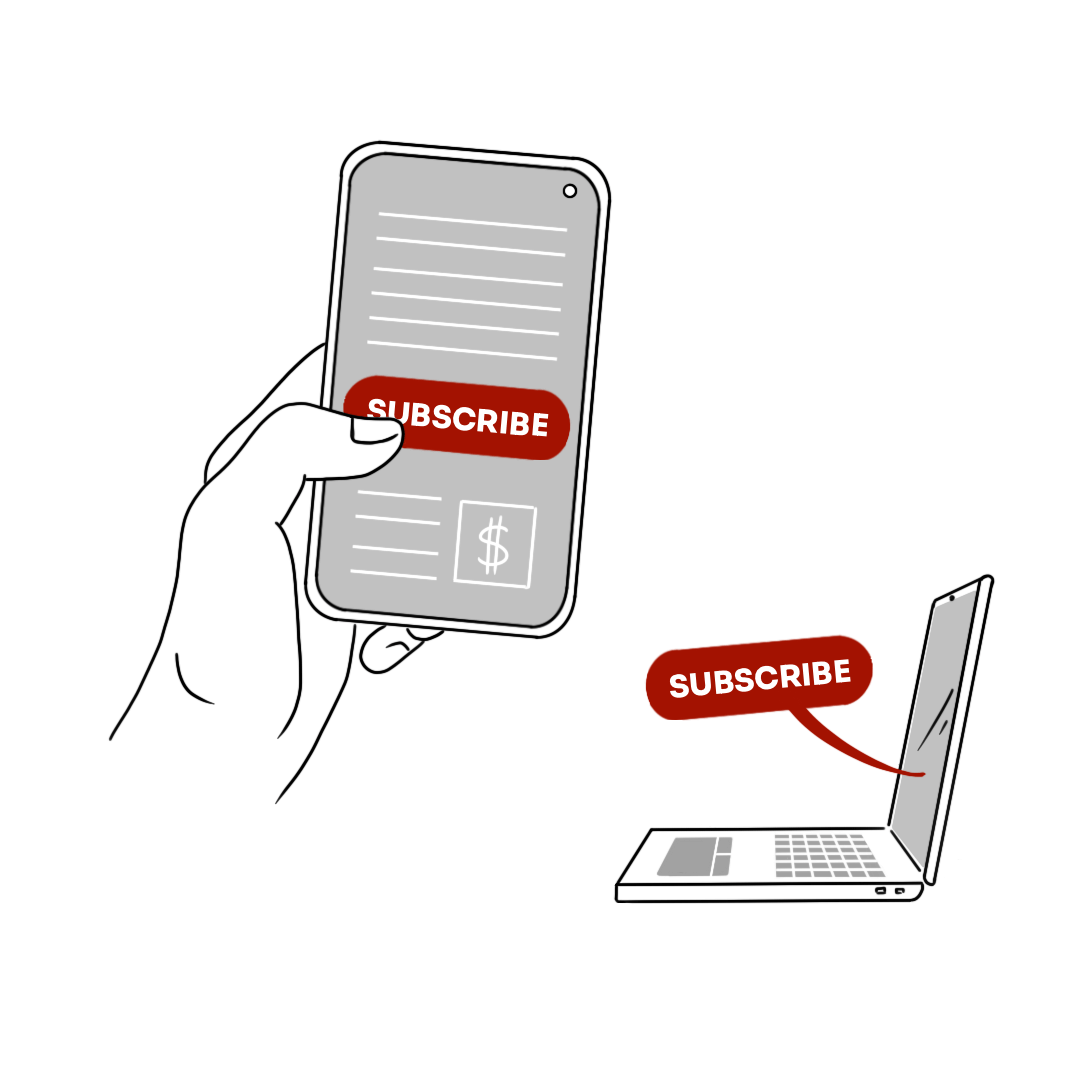You used to send your email communication every week and generate a straightforward and effortless stream of revenue out of it. But lately, it seems not to be the case anymore. So, what can you do to get back on track?
Firstly, how can you determine whether your email communication is effective? A good start is to be aware of the main available KPIs. So, here is a quick refresher One to one communication main metrics.
If you can control the whole path to purchase, attributed or incremental revenue is the most straightforward way to track effectiveness. Attributed revenue is the one you can connect with a given marketing channel. Incremental is the one that you would not create without marketing effort.
Some KPIs tend to be disregarded as easiest to track and unhelpful in understanding the performance in a meaningful way. Those are dubbed „vanity metrics.” The examples can be reach or open rate, and those can also be helpful guidance towards improvement, especially if you don’t have complete visibility of sales metrics.
You can look at those KPIs also from the subversive point of view – lack of action. So, you also consider that from all messages sent, some people haven’t opened them, and then some have decided not to click through. Some did all of that, but then didn’t make an identified purchase. Again, the problem can lay in identification or conversion (so maybe they purchased your product, you just couldn’t successfully track them, or, highly engaged, they gave up on the painful checkout process).
It is important to note that there will be customers that are non-active on all fronts – they do not buy, and they do not interact with communication. There will also be those that do one but not the other. This proportion is a possible clue into where we fail, and the problem might exceed marketing and go into sales and product.
The problem of inaction or defensiveness towards ads has been more pronounced and discussed in digital paid advertising than in one-to-one communication. A prevalence of adblocking technologies, banner blindness, and lack of publishers’ transparency means that digital banners will often not make it to the customer’s view.
In email communication, it is covered partially by the luxury of marketing consent. But the messaging in this channel quite often leaves customers cold, which is sometimes part of the natural process of the customer life cycle, with the textbook example of parents losing interest in diapers as soon as their kids allow them to. While this is in itself not worrying, brands also speed up or initiate this process with generic or not exciting communication. What do I mean by that? If the company usually clicks the 'send to ALL’ button without too much risk, we can guess it will be generic, so it will not reach the right segment (sub-group) of subscribers. A marketer could then answer, 'but I have this amazing product…!’ – first, it is impressive from your company’s standpoint. Do you have anything to prove its usefulness to the customers, and is it really applicable to all? More often than not, it isn’t; you have a subgroup that you should or could focus on. If, for the moment, we suspend our disbelief and treat it as a product for ALL, then one can still tailor the communication to fit different targets best while describing the same product.
When trying to build segments, it is good to look beyond the obvious or the stereotype – Prince Charles and Ozzy Osbourne share many traits, like age, gender, and yearly income group. Still, you probably wouldn’t consider their taste and purchases precisely the same. When considering the right audience for the message, you might take into account the customer lifecycle stage (reactivation, post-purchase, no purchase), current engagement, propensity for purchase, style preferences, and many more. It will be a continuous effort and improvement for many organisations due to an incomplete picture (in the example, maybe you just see it is a man over 40). There is virtue in the right balance of granulation and scale, significantly if you cannot automate the content entirely for technical or organisational reasons.
Related to segmentation is the topic of under- and oversaturation. For example, have some of your customers been caught in endless emails on their path to purchase? Are there, alternatively, audiences that receive from you holiday greetings and not much more? Here the excellent starting point is to check the average messages received by the customer every month and then build some tests around outliers on two far sides of the scale.
Tailor the message to the goals. For many businesses getting the customer as quickly as possible to the website is the main objective. It is worth reflecting if your communication is the best suited to meet this objective. For example, if your email is longer than the food supermarket leaflet with this week’s promotions, the customer might not get to the call to action button. It is not necessarily wrong, as many independent creators share whole thought pieces in the mail, but it might not be your best strategy. Again, some reflection will help hone the testing strategy. In many cases, short and visual can offer more payoff for both the business and the customer.
Speaking of payoff – is your content following current trends and matching the tastes of your audience? Whatever was working two years ago might soon become outdated, especially with the fierce competition for attention with social media. In the most general terms, content is becoming more visual, less wordy, and not static anymore. So what is the instant gratification of opening your email?
And yeah, last but not least, should it be an email? You might have noticed I focus on email communication as it is still widely used. The same as for maybe more researched and covered paid media, there is data that proves to combine more than one channel significantly increases communication effectiveness. It is excellent to register and follow channel preferences, from mobile notification and SMS to custom audiences on social media. Tracking such selection is a great way to adapt to customer channel consumption patterns and keep the relevancy intact.
I hope this text will give you a helpful starting point for email communication optimisation. However, it is also important not to change the direction too often and allow for testing periods and adaptation. Staying true to what the company represents is also true to the most loyal customers. Evolution allows attracting new people more efficiently while not alienating anyone.







